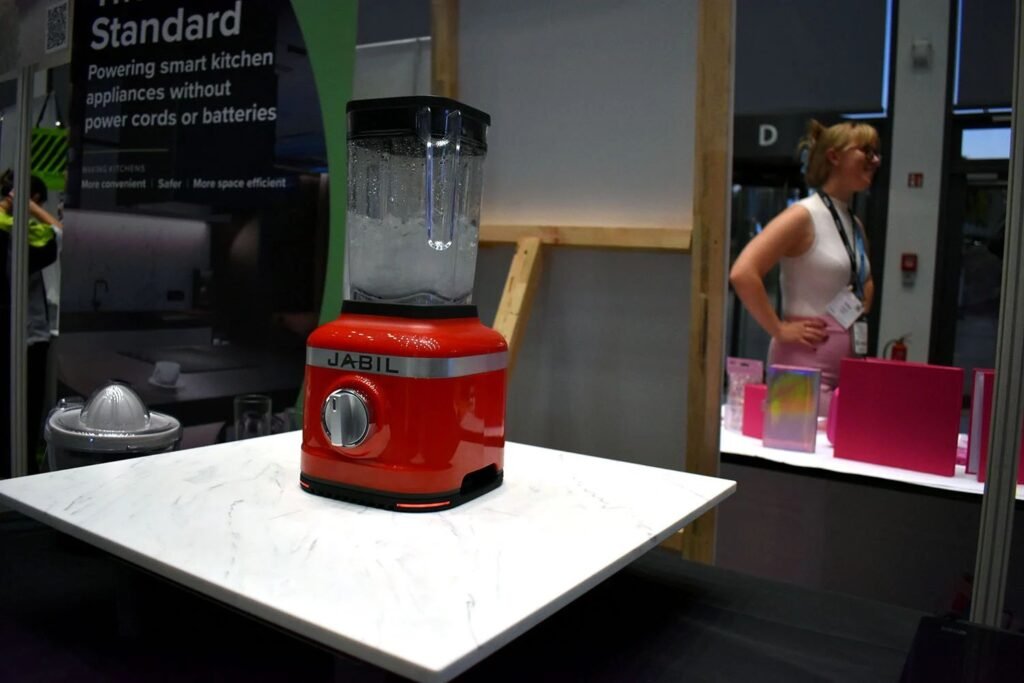Wireless Charging Arrives to Kitchen Appliances

This technology will allow devices to be charged with up to 2.2 kW of power through the countertop, which could solve problems of tangled cables and offer solutions for those living in small apartments.
Ki, a standard for magnetic induction charging, is an evolution of Qi, adapted for appliances with higher energy demand. According to Paul Golden, WPC’s marketing director, all Ki-compatible appliances will receive sufficient energy. The standard should allow devices to operate with 90% efficiency or more compared to cable models, and WPC ensures that energy loss in wireless charging is “negligible.”

An Achievement to Prevent Accidents
The benefits of Ki include reducing cable clutter and lower risks of damage from worn-out or short-circuited cables. In addition, Ki is designed to withstand spills on the charging surface, and its temperature remains safe to touch. The technology uses NFC communication to adjust the amount of provided energy, and the device must be placed exactly in the center of the charging plate to function correctly.
Ki can be integrated into new appliances, combining charging and induction cooking zones in the same unit, or in mountable charging stations under countertops. It is effective through up to 3.8 cm (1.4 inches) of stone or synthetic materials but does not work with metal countertops. Users will need to remember the location of the charging plate or mark it in some way, as it will not be visible at a glance.
Although Ki technology is promising, it is still new, and manufacturers must incorporate it into their products. Appliances with integrated Ki are likely to take time to reach the market, but standalone wireless charging pads could be available soon. These devices could help reduce cable clutter in the kitchen, even without a full Ki installation.




